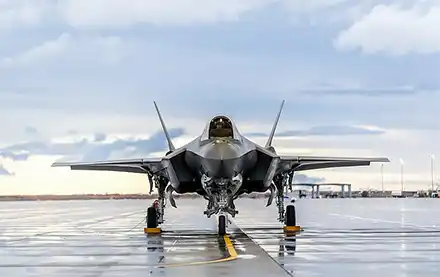




Aviation Africa
Drones and electric vertical take-off and landing aircraft (eVTOLs) for advanced air mobility are increasingly gaining traction across Africa, driven by practical needs, innovation and investment interest, and at this year’s Aviation Africa Summit & Exhibition the advanced aviation subject comes under the spotlight.
A strategic partnership with the African Drone Forum (ADF) – Africa’s largest platform for drone professionals, startups, policymakers, and national drone ecosystem leaders – will enhance this year’s summit.
On Day 2, the ADF will host a dedicated symposium at the Insight Theatre within the main exhibition hall. This session will provide detailed analysis and discussions, highlighting the vast opportunities within the drone sector and how Africa’s aviation industry can strategically benefit.
“This is a great addition to the whole Aviation Africa week,” said summit chairman Alan Peaford. “It is also very appropriate that we are in Rwanda where the world first saw Zipline operating medical delivery drones in shared airspace thanks to the forward thinking of the country’s civil aviation authority.
“As more of these activities spread across the continent it is a great opportunity for regulators across the region to meet and share ideas to help keep Africa at the forefront of knowledge of real operations for uncrewed aircraft.”
Several exhibitors from the sector will be taking space at the Aviation Africa event.
The main stage session, ‘Africa’s Low-Altitude Drone Economy: The Next Frontier for Innovation, Investment, and Infrastructure’ moderated by Eno Umoh, co-founder of Global Air U and the Global Air Drone Academy, will feature key manufacturers, financiers, investors, and operators. It will explore topics such as Beyond Visual Line of Sight (BVLOS) operations, regulatory approaches by various African Civil Aviation Authorities (CAA’s), and case studies from proof-of-concept drone corridors.
The session will offer a deep dive into ‘Beyond Visual Line of Sight’ operations—what’s possible today, what’s holding us back, and how different CAAs are approaching risk, permissions, and proof-of-concept corridors.
Africa is already seeing pockets of development. For example:
Healthcare Delivery:
Zipline (Rwanda, Ghana, Nigeria, Kenya): Perhaps the most well-known example, Zipline uses fixed-wing drones to deliver blood, vaccines, and medical supplies to remote areas which have significantly reduced delivery times in places with limited infrastructure.
Agriculture:
Drones are used for crop spraying, monitoring field health via imaging, and collecting data to improve yields with startups in Tanzania, Nigeria, and South Africa offering services to commercial and smallholder farmers.
Wildlife Conservation & Anti-Poaching:
Kenya, South Africa and Botswana are now using drones to track animals, monitor protected areas, and deter illegal hunting.
Disaster Response & Infrastructure Monitoring:
Other countries with their civil defence are using the technology for mapping flood zones, assessing damage, or inspecting hard-to-reach areas like bridges and railways.
Urban hubs like Lagos and Nairobi are exploring drones and eVTOLs for congestion relief, cargo transport, and advanced logistics. Regions like Tanzania, Rwanda, Kenya, and Southern Africa envision tourism opportunities enabled by advanced aerial mobility.
ADF co-chair, Jonty Slater, emphasized, “ADF’s primary goal at Aviation Africa 2025 is to move Africa’s drone future from policy discussions to practical implementation, fostering regulatory clarity, advancing BVLOS capabilities, developing Unmanned Traffic Management (UTM) systems, and enhancing the continent’s overall readiness for Advanced Air Mobility.”
Aviation AFRICA is organised by TIMES Aerospace Events Ltd, having already organised 8 previous editions in the United Arab Emirates, Rwanda, Egypt, Ethiopia, Nigeria, and South Africa.
For more information, visit: www.aviationafrica.aero